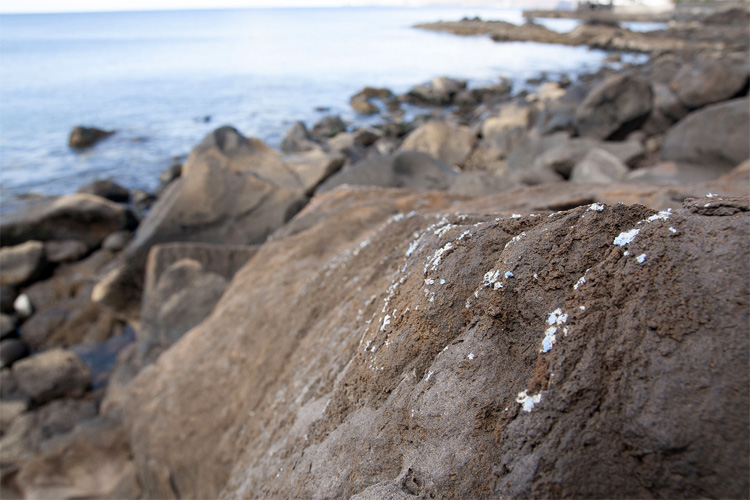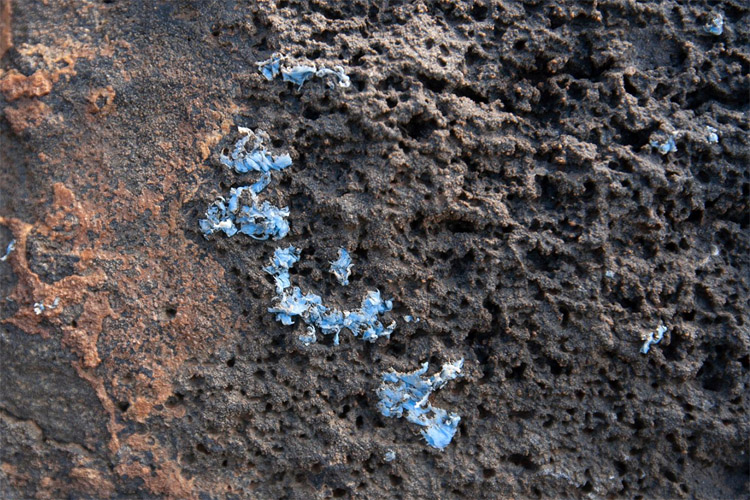A group of marine scientists made a strange discovery on the island of Madeira, Portugal.
In 2016, Ignacio Gestoso, a marine ecologist at MARE, a multipolar marine and environment science center, noticed that unidentified blue crusts were plastered onto wave-licked rock formations.
Gestoso and his team collected a few samples and photographed the unusual occurrence.
However, one year later, the plasticrusts were still there, covering the rocks of a mid-upper intertidal shore.
Early this year, the Portuguese researchers returned to the spot and found that the uncommon substance had expanded and was now available in several colors.
The observation and the conclusions were published in a paper named "Plasticrusts: A new potential threat in the Anthropocene's rocky shores."

A New Type of Plastic
In the academic analysis, the MARE team states that plasticrust is a new type of plastic pollution.
"The potential impact of these new plasticrusts needs to be further explored. The potential ingestion by intertidal organisms could suppose a new pathway for the entrance of plastics into marine food webs," the study underlines.
Lab analysis revealed that the colored crusts were polyethylene, one of the most common types of plastic, often used in food and drink containers.
Ignacio Gestoso believes that plasticrust is the result of large pieces of plastic that crashed against the rocky shore and got stuck to it.
If the problem persists, this strange and upsetting new finding may very well replace biological crusts that were supposed to feed marine creatures like sea snails and barnacles.
Madeira is a volcanic Atlantic archipelago located 560 miles (900 kilometers) southwest of mainland Portugal.
